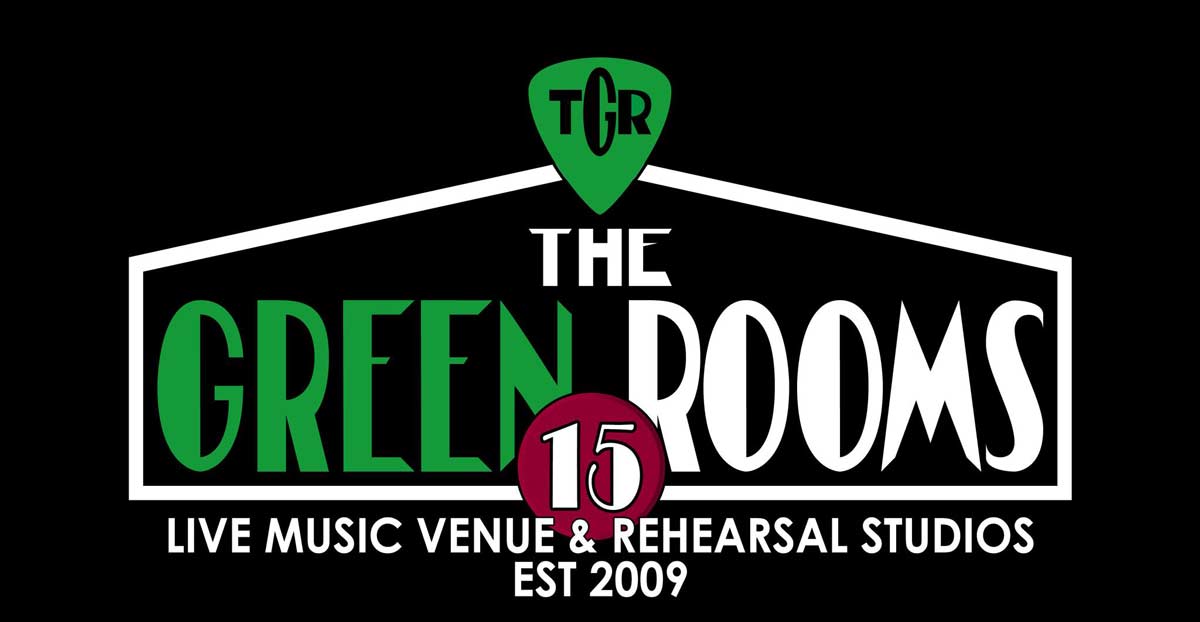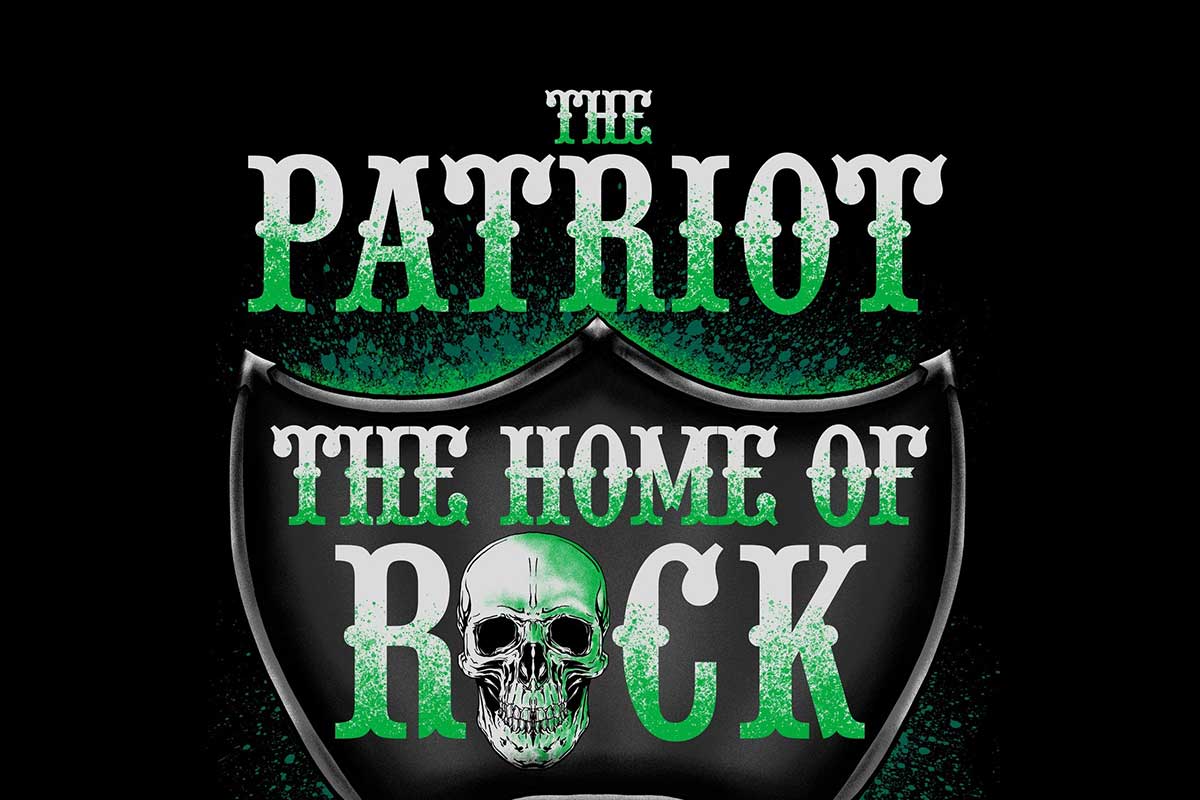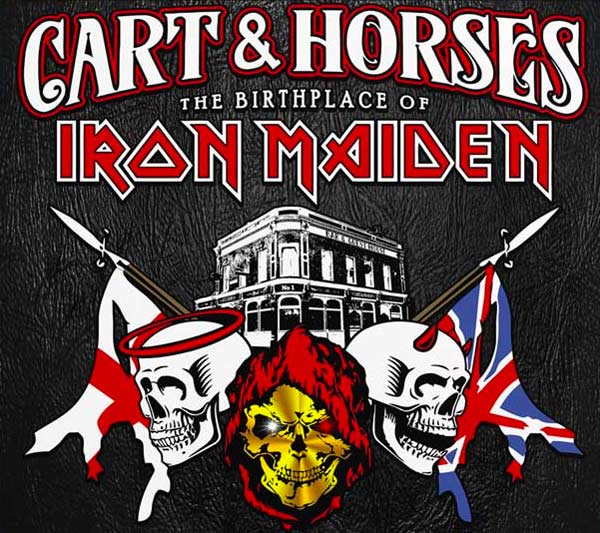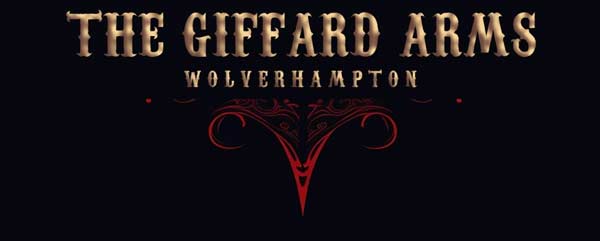Paul Gilbert is a busy man right about now. He is about to bring out The Dio Album, an album of covered Ronnie James Dio songs and is soon to embark on a farewell world tour with Mr. Big. But despite that, he managed to put aside some time to have a chat with Mark Rotherham at MetalTalk. Gilbert is a man, who, unsurprisingly, knows the guitar inside out and back to front, but does it without being precious at all.
The desire to continue learning is the driver behind Paul’s choice to cover Ronnie James Dio’s songs on an album. “Well, I’ve been trying to expand my guitar abilities and my love of the guitar by learning and becoming better at playing melodies,” he says. “When you hear the word melody, it sounds like something relatively simple, and surely scales must be harder.
“But actually, to me, melody is something that, for the longest time, I never really tried to do. I always thought that’s the job of a singer, and my job as a guitar player is to back up the singer with some crunchy rhythms or when the singer stops, I try to play some high-energy, crazy stuff.
“When I toured with Joe Satriani on the G3 Tour back in 2007, listening to Joe made me realise that you can play the guitar and do a melody, and it’s good, and the audience digs it. That sort of opened the door for me and made me believe that a guitar can do more than chunky rhythm and crazy solos.
“So there’s this opportunity to have a new sound, and as I got into that, I realised that my best teachers are singers. From there, I recently thought, I’m gonna make a list of singers that I want to learn from, and I just wrote them down as they came to me. The first name that I wrote on the list was Ronnie James Dio. I had already been teaching a lot of Dio’s melodies at my online school, so I had sort of a grip on it already because I put in some time, trained my ears and found solutions on the guitar.
“Then, as I began to think about doing a whole album of Dio melodies and music, I just got more and more excited about it because I realised I could draw from Rainbow and Black Sabbath and Dio, which is such a cool history of music to draw from. I thought I’m just gonna learn so much because I couldn’t ask for a better guitar teacher than Ronnie James Dio. He’s just the best.”
Paul is sitting in front of what looks like a whole shop’s worth of guitars, so you wonder if he had a go-to set-up for guitar pedals and amps for this project. “I made the record here in my home studio,” he says, “so I did kind of the opposite of that. It was just like being in a toy store, and every time it was time to do a new rhythm or a new solo, it was like, okay, which one do I want to use?
“I had so many options, but there were things I started to gravitate towards and here’s where I made the realisation about guitars that I never thought of before.
“Because I was doing vocals with a guitar, I was trying to copy vowel sounds because when a singer sings words, like Holy Diver, the word holy has a low sound ‘ho’ and then a ‘lee’ at the end. So, how do I get those vowel sounds to come out on the guitar? You can approximate it with pick harmonics that contrast between ‘O’, which might be just like a note picked very normally, but for the ‘E,’ I might pinch it.
“It’s amazing if you try it, and it starts to shape the word. I found that was one of my most powerful tools in approximating the expression of a singer. And in order to have the most access to pick harmonics, I found it was nicer to have a neck that had less frets because if the neck had a lot of frets like a 24-fret guitar, I’m gonna start bumping against the edge of the fretboard because it sticks out further.
“But on a guitar that’s got 21 frets, I’ve got more room to reach pick harmonics. And so one of the guitars that I used most was actually an old Ibanez RS315 Roadstar 2. It’s like a Strat. It’s got 21 frets, and it only has one pickup, so there’s no neck pickup to get in the way, and the bridges on those guitars have really good resistance.
“Even if I didn’t use the whammy, the bridge itself has great sustain and resonance. So, that guitar I ended up using a lot, and at first, I didn’t even really know why. I was like, oh, this one’s just working, and then I realised that less is more because the fewer frets, the more reach to the harmonics I have.
“So I certainly used a lot of guitars, but that one comes to mind. For amps, I wanted to be in the same room with the amp. I like to feel the air from the speaker a bit. I don’t really want to hear the guitar through the studio monitors, so to do that, I just use a small amp that I can crank up and have it close to me without being too loud. I use a little Fender Princeton combo. They’re clean, and then I use pedals to get distortion, and sometimes a Marshall that I run clean too. But the Fender Princeton is probably the one I used the most.
“And for pedals, there’s a lot of different pedals I used, but my JHS PG 14 pedal, it’s like instant Tony Iommi. It really has a nice Black Sabbath sound. One of the combinations that surprised me that worked really well was to try to get that Blackmore 200-watt Marshall cranked-up sound. I would use a Boss compressor, the blue one, into a JHS Kilt pedal, which is a distortion pedal, and having the compressor at the beginning gave it that incredibly loud amp-cranked feel like you’re moving the air somehow, and I could get it at a low volume. But that’s what I used on the Rainbow stuff, Kill The King and Starstruck. To me, it really felt like Blackmore with that particular combination.”
To cover the style of Ronnie’s voice using the guitar, meant a different approach to playing style too. “‘I would say that when I’m playing vocal melodies, I tend to play the notes much more horizontally,” Paul said. “Even on a single string, that puts your hands in a position where if you want to do a slide from note to note, it’s there, and it’s ready to go. You don’t need to slide everything, but I would say you probably slide half of it.
“It’s a really big part of the way a singer expresses and treats a melody. There’s a lot of sliding going on, and sometimes I would actually use a slide, but that was maybe about one in five, and I’d use it on the bridge. I’d use a real slide on the bridge of the intro or something.
“In most of the songs, though, I’m using my finger, but I’m kind of using my finger as if it were a slide, and that just works much better on a single string and playing horizontally. And that takes some mental reworking because, as a guitar player, we’re trained to play vertically and play across the strings, to use all six strings and stay in one position. That works better for playing fast, but for playing expressively, horizontal playing really has a lot of advantages. Plus, it keeps the tone consistent, and it just feels more like a vocal that way.”
Of the songs that you’ve made on the album, we wondered if there was a chance of hearing some live. “‘It would be a challenge,” Paul says, “because I would need more musicians than I usually use. A lot of times I’ve done vocal melody songs live, but usually, I arrange it so I can quickly hop back and forth between playing the melody and then the rhythm, and I’m constantly skipping between the parts.
“But I think for the Dio stuff, it really needs that solid wall of rhythm guitar, and that’s impossible to do as one person. You need a rhythm guitar player, and you need somebody to do the solo. I might even need somebody to do the harmony because, in a lot of the Dio songs, he harmonises with himself in the studio. So, that would be the trigger. But I would just have to find some more players.
“I might do that when I go to Sweetwater. I’ve got a Sweetwater gig coming up, and there are a lot of great musicians there. If we do a jam, I might see if I can get everybody together and work out a big band. Count Basie Metal, that would be good.”
Gilbert covered songs on The Dio Album from three guitarists, Ritchie Blackmore, Tony Iommi and Vivian Campbell. “There’s so much good stuff that I considered, like Stargazer, Light In The Black, or Gates of Babylon,” he says. “Those were tempting, but the thing I started to realise was that those songs have longer instrumental sections, and I really wanted to focus on the vocals. So that’s why I chose Man On The Silver Mountain because that’s more of a vocal song.
“I could always do a volume two because there are still the songs I mentioned that do have amazing vocal parts. It’s just that they also have these extended solos, and then I’d be just sort of back in the guitar world. I even thought of Tarot Woman. I love that song and its long synthesizer intro. But I thought I’d be spending all my time working at the keyboard part, and I want to work on the vocals.”
Vivian Campbell left the Dio band in 1986. If Paul was the one who got the phone call instead of Craig Goldy, would he have been ready to replace Campbell? “Oh, I would have been thrilled,” he says. “I think that looking back, I would have done a really good job in terms of being able to play songs that were already written. But as a writer, I don’t know if I would have been up to the task.
“So that’s where I really appreciate that I didn’t get the gig or that I wasn’t asked to join because I think Vivian was a better writer than me. All the people that came after, I think they wrote better songs than I would have. I’m glad I wasn’t there to muck it up. I mean, who knows?
“Maybe, if I’m collaborating with someone like Dio, maybe that would have pushed me in the right direction, and maybe he would have pulled the right elements out of me. But left to my own devices, I think I was too unusual of a writer or too slow of a writer. And that was something that was never my strong point, especially at that time.”
Paul Gilbert, The Dio Album, is available from via Music Theories Recordings/Mascot Label Group on 7 April 2023, pre-orders from https://lnk.to/PaulGilbert.







